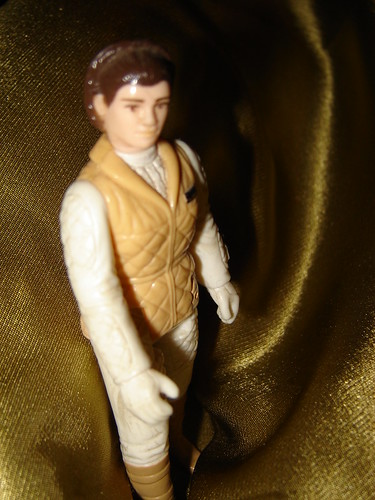Respondents were asked how much time per month they spent on their whakapapa research and how many years they had been researching whakapapa (Appendix 2, Question 3 & 2). In her study Kuglin (2004) took the data from these two questions and established a formula for categorising researchers as either beginner, intermediate, or experienced researchers. Different levels of researcher experience were defined in the following way–
- Beginner researchers were those who spent less than 1 hour per month for up to 4 years on their research.
- Intermediate researchers were those who spent 1 – 3 hours per month for up to 4 years on their research.
- Experienced researchers were those who spent at least 4 hours per month for 3 or more years on their research. (pg. 11)
This researcher found these categories problematic in that not all respondents could be successfully categorised this way. For instance a respondent who had been involved in whakapapa research for over 10 years but only spent 1 – 3 hours per month on their research did not fit into any of these categories. As a result this categorisation as beginner, intermediate, or experienced researcher was not used in this study. As such, comparisons with Kuglin’s results using these categories cannot be made. Instead, comparisons of the results for the individual questions are discussed.
Kuglin (2004) found that 79% of respondents to her questionnaire had been doing their research for 5 years or more. In this study the percentage was significantly less, with only 47% of respondents having been involved in research for that amount of time (Chart 7). This is not so surprising given that Kuglin’s population sample was signifcantly older than the one studied here. When analysed by respondent age, 80% of those who reported they had been involved in whakapapa research for this amount of time were over 40 years of age. Similarly younger respondents were less likely to have spent more than 2 years on this kind of research.
Chart 7.  The amount of time spent on research was also compared, with whakapapa researchers generally spending less hours per month on their research (Chart 8). Taken together, this data suggests that whakapapa researchers have less experience doing their research than genealogy researchers generally. As such they may require more help or guidance from library staff (see 5.4.5 Asking a librarian for help).
The amount of time spent on research was also compared, with whakapapa researchers generally spending less hours per month on their research (Chart 8). Taken together, this data suggests that whakapapa researchers have less experience doing their research than genealogy researchers generally. As such they may require more help or guidance from library staff (see 5.4.5 Asking a librarian for help).
Chart 8. 
In addition to the amount of time spent, respondents were also asked about what different institutions they visited to do their research (Appendix 2, Question 4). In determining the level of research experience of respondents Kuglin considered that those visiting numerous different repositories with different classification systems and finding aids would have gained valuable research experience by doing so. For this study the options offered to respondents were adjusted slightly, with options such as a Marae-based library, or Iwi runanga whakapapa unit/office being added. In addition the option of travel overseas was removed since it is assumed that whakapapa research material will be primarily New Zealand based.
The most frequently ticked item was “local public library” with “public library in another city or town” as the second most ticked option (Table 1). Kuglin’s results for this question showed a strong preference for the National Library of New Zealand/Alexander Turnbull Library but this is partly due to most of her respondents being from the Wellington region in which this library is located. Latter Day Saints (Mormon) family history centres also rated highly in that study and received the same number of ticks as “local public library”. This was not the case here, possibly because such centres do not contain as much information about Māori genealogical information as other institutions. Kuglin also found that when the number of items ticked was divided by the number of respondents there was an average of 6 institutions per respondent. In this study 130 items were ticked resulting in an average of 4 institutions per respondent.
Table 1. Institutions used for whakapapa research in order of frequency of choice made by all respondents
The researcher was interested to note that 9 respondents selected public libraries as the only institutions that they used. Of these 9 researchers, 7 had been involved in whakapapa research for less than 2 years. This suggests that the public library is a starting point for some whakapapa researchers. They may use this as jumping off point to visiting other less publicly accessible institutions as their research experience progresses. Whether this is the case cannot be determined from the current study but would be an area for further research. In addition, though this question asks about institutions that respondents have visited 5 respondents wrote in that they had specifically visited whānau/family members or knowledgeable tribal elders for the purpose of researching whakapapa. This is possibly an option or added question that could be included in a future version of the questionnaire. This reflects one of the information seeking behaviours that has been highlighted by researchers like Simpson (2005) and Duncker (2002) with regards to Māori customers preferring to receive information from individuals rather than other resources.
The results from this set of questions, when compared with Kuglin’s (2004) seems to suggest that whakapapa researchers do not have as much research experience in their hobby as genealogists in general.




No comments:
Post a Comment